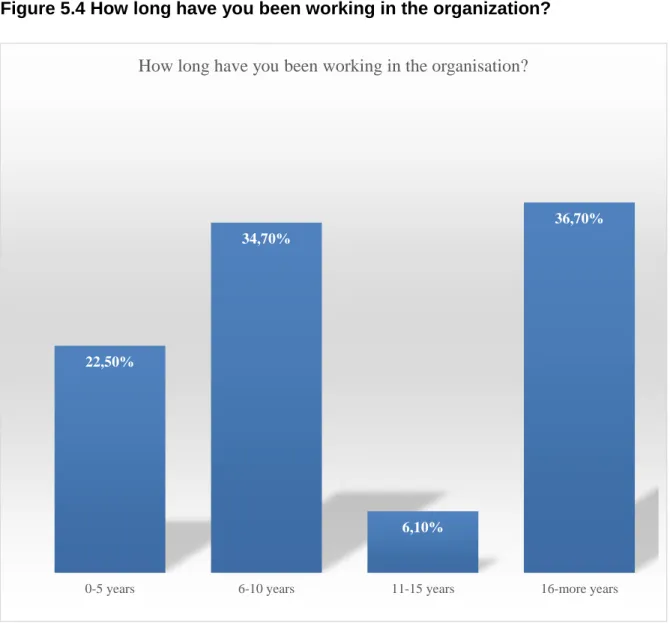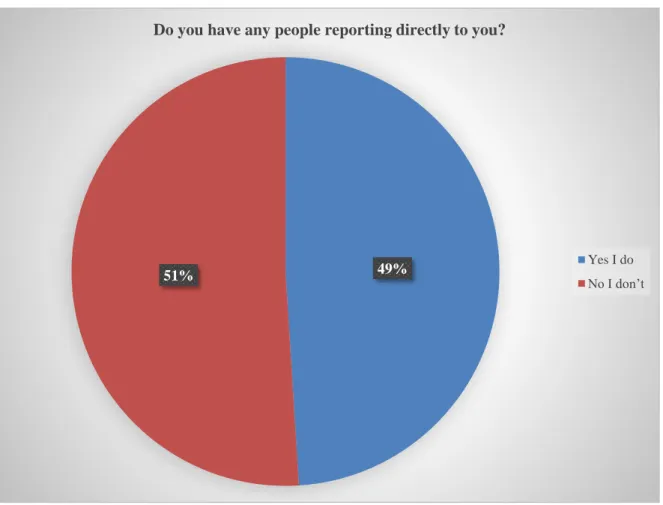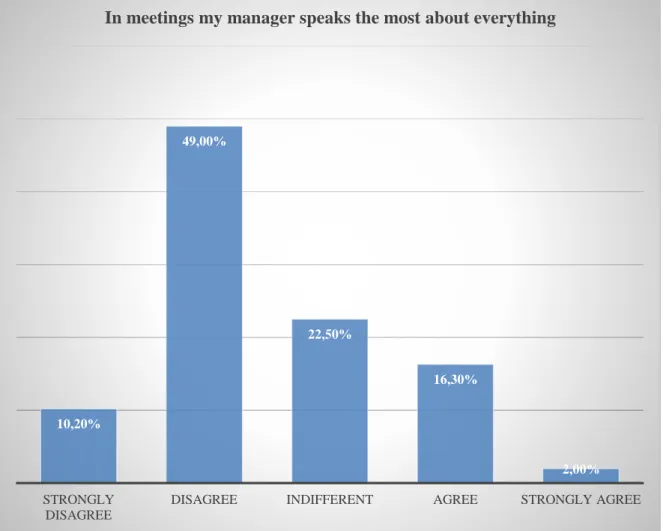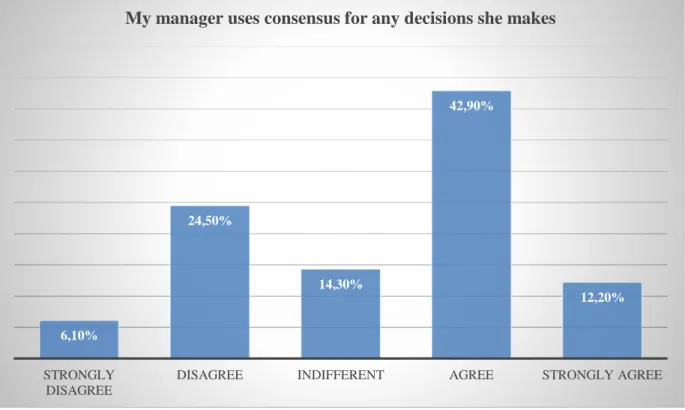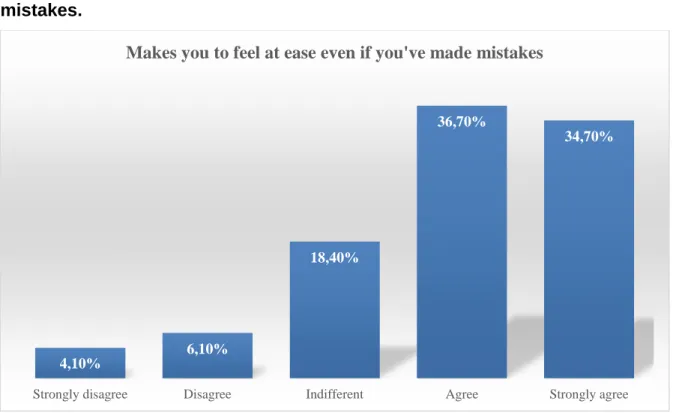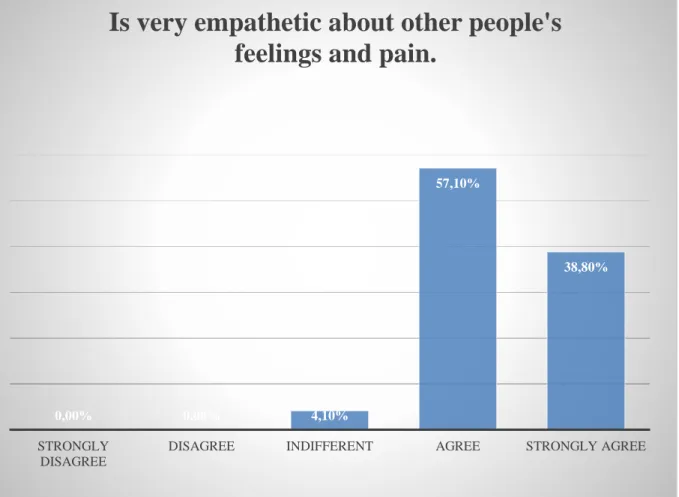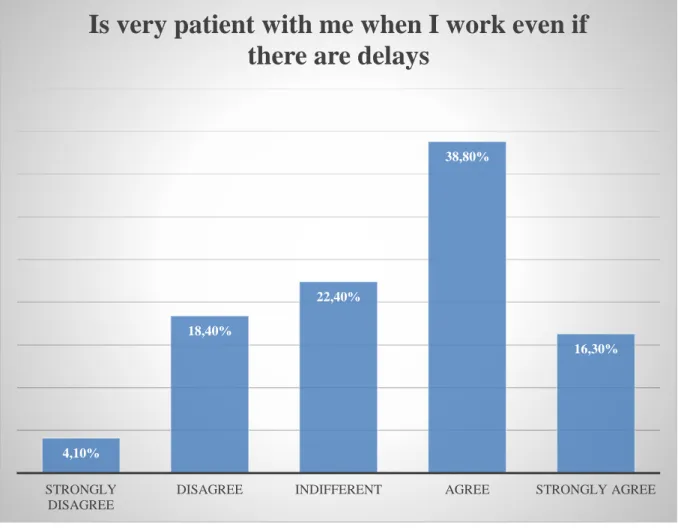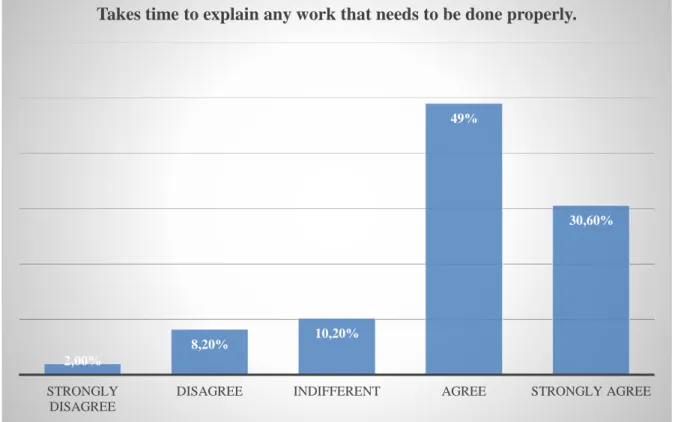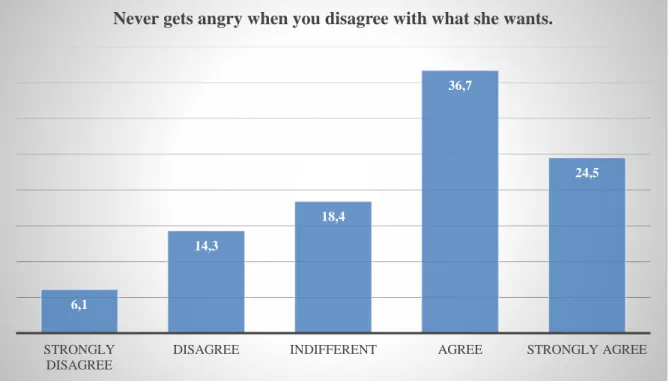There has been much debate about women's ability to lead in large organizations across the country. 84 Figure 5.10 in meetings my manager talks most about everything 85 Figure 5.11 my manager uses consensus for every decision she makes.
Introduction
Background
- Differentiating leaders from managers
- Identifying power – the source of influence
- Followership
- Theory X and Theory Y (McGregor, 1960: 7)
- Leadership styles
- Leadership in Project Management
- Ethical leadership
- The impact of stereotyping and prejudice
- Women and other women
- Women’s skills overlooked
It basically comes from followers' knowledge of what the leader can do or has done in the past. A leader must be diplomatic and use style without alienating the rest of the team.
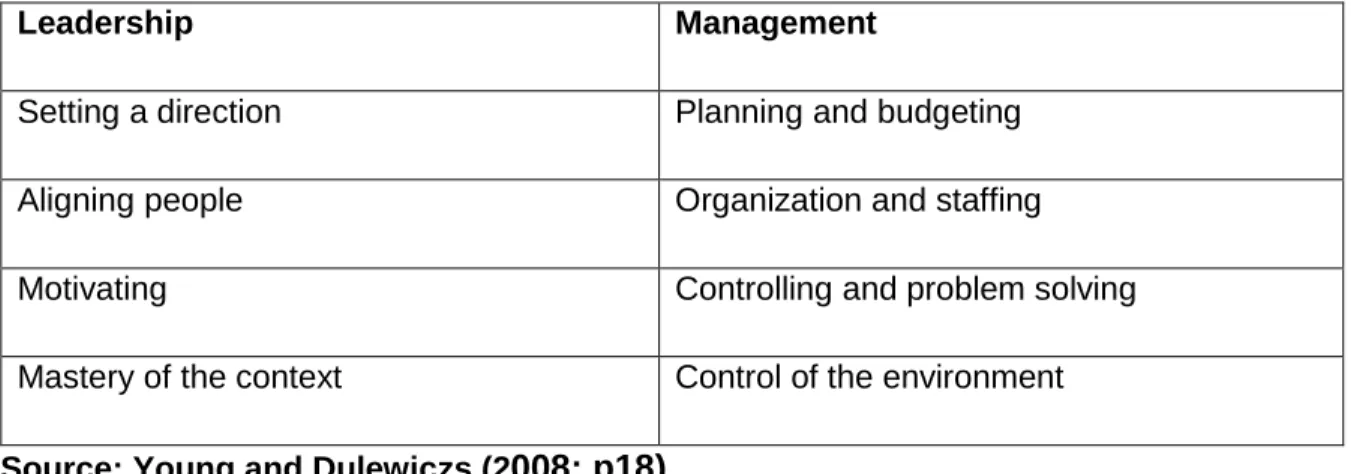
Problem Statement
Gender differences in social intelligence in the general population are almost absent among the most successful leaders. Eagly concluded that in the United States, women are increasingly praised for having excellent leadership skills.
Research Question
The research went beyond the assumed theory of gender stereotypes and the glass ceiling philosophy to identify those leadership qualities of women believed to be important. The research expands further to crack the sacred code and identify the factors inhibiting the growth and development of women into senior project management.
Research Objectives
Research Design and Methodology
Target population
The target population for this research study is the 100 employees involved in project management in the City Parks Department, which is a department within the Directorate for Community Services in the City of Cape Town municipal, which is part of the Local Government in the Western Cape. Furthermore, there are enough female project managers in the city parks department which allows more information to be analyzed.
Population sample and sample size
The size of the population to be surveyed is determined by ease of access and their availability for interviews.
Sampling technique
Data Collection Instrument
Data Analysis
Ethical considerations
All respondents were informed of their right to withdraw – stopping the survey (in the middle) if they felt they were not comfortable. Respondents were told they were free to omit offensive questions or questions they were uncomfortable with.
Chapter Classification
All respondents were informed of their right to participate voluntarily and that they were not required to participate. Chapter Six - This chapter summarizes the previous chapters emphasizing the research objectives, the research questions and provides and discusses the answers to the questions.
Conclusion
Chapter Four – This chapter deals with research design and research methodology and discusses the differences between the two. The research plan is clearly stated, followed by the research methodology and two types of research methodology, the choice of the methodology used and its rationale.
Introduction
Theories about the Leader and leadership
Leadership in business
Dominance The leader must be able to lead and manage confidently and must lead with purpose while developing the team.
Ethical leadership
The predominant themes associated with ethical leaders in the six societies under study were Character, Consideration and Respect for Others, and the predominant themes associated with unethical leaders were, Acting in Self-Interest and Abuse of Power. These three dominant themes for ethical leaders can perhaps form the basis for successful ethical leadership across cultural boundaries (Resick et al.
Effective leadership qualities
Surround yourself with the best people - recruit people who are as good as you or better. Know your company culture - familiarize yourself with the expectations regarding ethics, job performance and general organizational standards.

Leadership styles
Okorie, Emuze, Smallwood and Van Wyk in their study of construction projects found that the transformational management style was the most effective style for effectively managing health and safety in construction projects. Harris, Day, Hopkins, Hadfield, Hargreaves and Chapman as cited by (Herbst and Conradie, 2011) suggest that effective leaders use a transformational leadership style.
Leadership in projects
Not surprisingly, the vast majority agree and 18.4%. completely agree) of the respondents agree or completely agree with this statement, 8.2%. Contrary to the existing research literature disagree and 14.3% strongly disagree) of respondents disagree or strongly disagree with this statement, 18.4%. The majority 36.7% of respondents were undecided while they disagree and 14.3% strongly disagree) of respondents disagree or strongly disagree with this statement.

Leadership in multi-cultural organizations
Leadership and job satisfaction
Subordinates under transactional leadership are offered nothing to achieve or exceed outside of the transactional contract. Subordinate leaders who use a transactional leadership style are extrinsically motivated, driven by rewards for achieving goals (Barbuto Jr, 2005: 37).
Chapter summary
In her conclusion of the investigation into how the different leadership styles, transformational and transactional, influence the level of employee motivation in the financial sector, Riedle (2015) found that subordinates of transformational leaders are intrinsically motivated, but without the extrinsically motivated factors. such as reward, this intrinsic motivation will quickly diminish. More than 83% of the younger generation of subordinate respondents (22-28 years old), prefer the transactional leadership and only about 83%.
Introduction
Barriers to women leadership in the corporate world and workplace… 39
Msomi as cited by Ndinda and Okeke-Uzodike (2012) agreed with McCarty et al (2005) and highlighted historical, structural and social barriers as the biggest obstacles African women have to overcome to advance to leadership positions in the corporate world in South Africa. Therefore the same feeling is shared in the corporate world where leaders are associated with men.
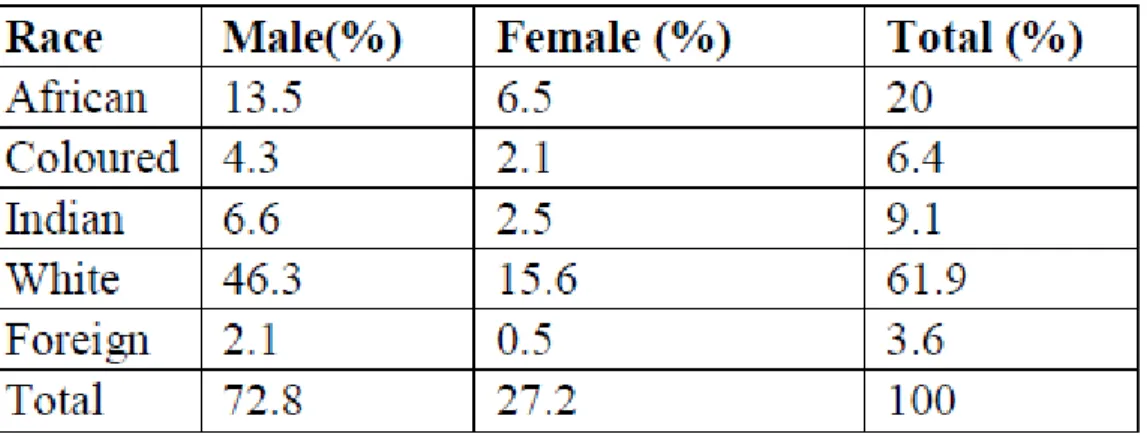
Barriers to women leadership in politics
Barriers to women leadership in the educational system
Home/work conflict Women do not apply for leadership positions in schools because of domestic responsibilities. The lack of female leadership role models and mentors is a barrier to those women who aspire to advance into leadership positions in schools (Steyn and Parsaloi.

Barriers to women leadership in the Middle East
An overwhelming majority 71.4% of respondents disagree or completely disagree (59.2% disagree and 12.2% completely disagree) with this statement, 8.2% are neutral. Surprisingly only agree and 6.1% strongly agree) of respondents agree or strongly agree with this statement compared to the opposite and 0% strongly disagree) of respondents who disagree or strongly disagree with this statement. disagree and 34.7% strongly disagree) of participants disagree or strongly disagree with this statement, compare to agree and 2% strongly agree) from respondents who agree or strongly agree with this statement.
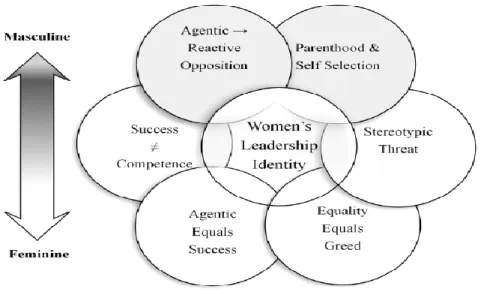
Stereotyping as a barrier to women’s advancement
Barriers women leaders have to face once in leadership positions… 58
Chapter summary
In this chapter the various barriers as obstacles to women's advancement in leadership positions were discussed and include: professional barriers, psychological barriers, the glass ceiling (invisible barrier to the top), stereotyping against women as a barrier, Queen Bee syndrome and women against women leaders.
Introduction
Research objectives
The objectives were divided into primary and secondary objectives, with the secondary objectives merely breaking down the primary objectives into finer details for research purposes. The primary research objective is the underlying reason for conducting the research.
Research question
Research design
Is a master plan for the research and shows how the research is to be carried out.
Research methodology
Again an overwhelming majority agree and 26.5% strongly agree) of respondents agree or strongly agree with this statement vs. disagree and 0% strongly disagree) of respondents disagree or strongly disagree with this statement . An overwhelming majority agree and 18.4% (strongly agree) of respondents agree or strongly agree with this statement, compared to disagree and 2% (strongly disagree) of respondents who disagree or strongly disagree with this statement. It is not surprising that the vast majority agrees and 18.4% (completely) agree) of the respondents (strongly) agree with this statement, 8.2% are unsure, 16.3% disagree and 0% of the respondents strongly disagrees with this statement.
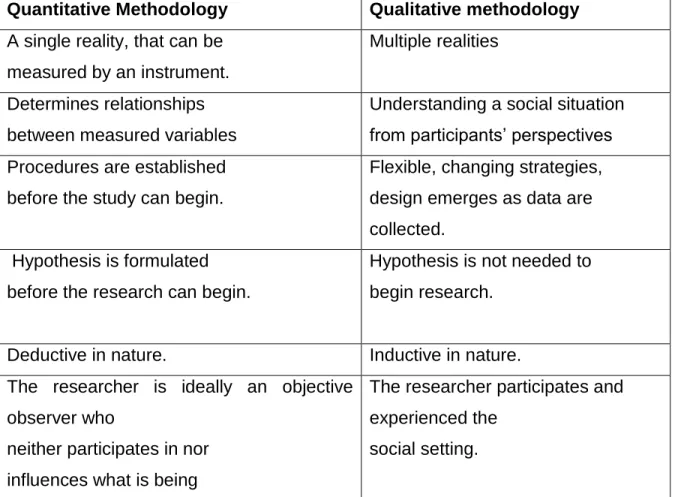
Population and population size
Sampling
Two main types of sampling categories: Probabilistic sampling, including simple random sampling, systematic random sampling, stratified random sampling. A sample of 50 people in management and supervision positions, representative of the total population of the 100 employees of the City Parks Department of the City of Cape Town involved in project management, will be interviewed using pre-determined questions (questionnaires ).
The instrument – the questionnaire
It was easier to distribute the questionnaires to the sample through emails and clarify issues as they arose. The questionnaires were sent by e-mail to the respondents using group e-mail and were returned to the researcher by e-mail.
Data collection
The advantage of using this instrument is that respondents can complete the questionnaires in their own time. The method of data collection used for this research study was through the distribution of questionnaires to the sample under study.
Data analysis
Data reporting
Ethical considerations
Conclusion
THE INTERPRETATION AND ANALYSIS OF DATA IS PROPOSED AND SUPPORTED BY DISCUSSION OF THE RESULTS.
Introduction
Majority agree and 18.4% strongly agree) of respondents agree or strongly agree with this statement, compare to disagree or 2% . strongly agree) of the respondents who disagree or strongly disagree with this statement. agree and 6.1% strongly agree) of respondents agree or strongly agree with this statement, which is surprising, as female leaders are widely praised for their emotional intelligence.
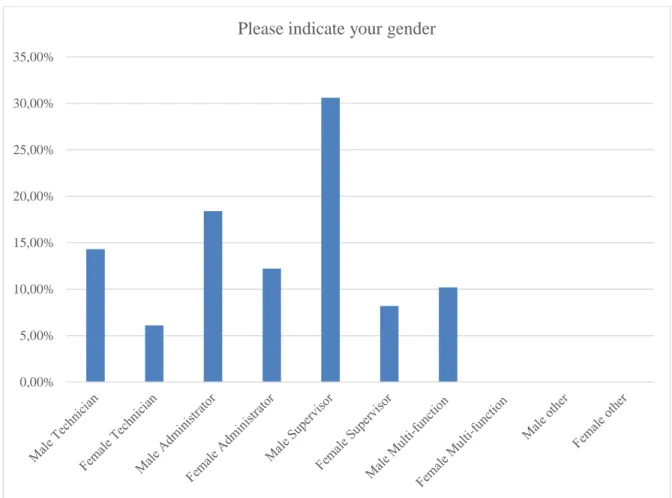
Presentation and discussion of the data
Conclusion
Introduction
Findings from the literature
Based on the results it can be generalized that most women managers in the parks department have their emotions under control. agree and 36.7% strongly agree) of participants is of the opinion that their managers promote interaction between team members in the workplace, 10.2% of respondents are undecided and 0% of respondents disagree or strongly disagree with this statement .

Findings from the empirical research
Findings from the interviews
Conclusion
According to the findings, an overwhelming majority 95.9% of respondents agree or strongly agree (57.1% agree and 38.8% strongly agree) that their manager is very empathetic about other people's feelings and pain. , 4.1% of respondents are undecided and 0% disagree or strongly disagree with this statement. The overwhelming majority agree and 34.7% strongly agree) of the respondents agree or strongly agree that their manager always asks for their ideas, 4.1% are neutral about this statement and 6.1% disagree and 2% strongly disagree with this statement.
Recommendation
Limitations
Further research
Penalties for Success: Responses to Women Succeeding in Male Gender-Typed Tasks - Journal of Applied Psychology, 89(3). Johnson, Z., & Mathur-Helm, B., 2011 – Experiences with Queen Bee: A South African study of women leaders' reluctance to promote other women in the workplace.
